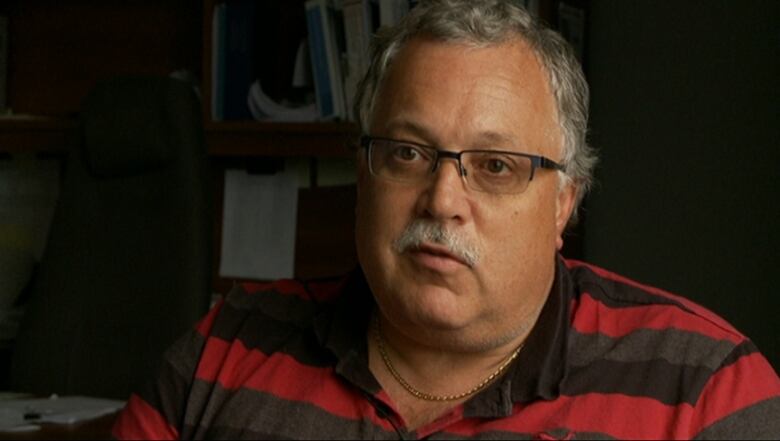Ottawa first responders lauded on day of bus-train crash
Sept. 18, 2013, crash killed 6, injured dozens in worst bus crash in city's history
Questions remain about the Sept. 18 crash of an OC Transpo bus and a Via train that killed six people in Ottawa last year, but those at the scene that day say first responders performed admirably under difficult conditions.
- Timeline:Ottawa bus-train crash: Events of Sept. 18, 2013
- Ottawa bus-train crash: Documents reveal tragedy response
OC Transpobus 8017 collided with Via Rail passenger train No. 51 at about 8:48 a.m. that morning, just a few minutes after it departed Fallowfield Station in the Ottawa neighbourhood of Barrhaven.
As first responders raced to the scene, they were warned about what they could expect to find:multiple fatalities and many injured.
In notes from a debriefing two days after the crash released under the Municipal Freedom of Information and Protection of Privacy Act the first two paramedics on the scene, Rachel Armstrong and Mark Kapcala, described what they saw:"At scene saw bystanders and body parts Went to field where multiple [patients]ejected."
The two said they had difficulty just getting to the crash site.
"Had no info or specific direction, followed police into station but had to turn around and followed oncoming fire truck to scene,"according to their comments during the debriefing.
'Quick, professional' response, says bus passenger

"I thought the response was quick, professional and there was no type of chaos or any of that type of behaviour at the scene as well," he said.
Craig Watson, the head of the union that represents Ottawa's bus drivers, said he arrived just after 9 a.m. and also praised the response.
"They were fantastic and I am proud to say this city has some of the best first responders in the world," Watson said.
6 died in worst Ottawa's transit crash
Five people were pronounced dead at the crash site, including 45-year-old bus driver David Woodard. A sixth person was taken to hospital and later died of their injuries. The five bus passengers who died were:
- Connor Boyd, 21, a Carleton University student.
- Kyle Nash, 21, a Carleton University and Algonquin College student.
- Michael Bleakney, 57, a geotechnical engineer at Public Works.
- Karen Krzyzewski, 53, a mother of two who worked at Library and Archives Canada.
- Rob More, 35, an employee at the IBM building on Palladium Drive.
About 30 people were also injured in the collision.
Within an hour of the crash, the city had activated its Operations Centre to deal with the collision and response.
Hospitalswentinto disaster mode
The Ottawa Hospital made the decision to go to Code Orange reserved for disasters or mass casualties said chief operating officer Cameron Love. It was first time the hospital had done so since the ice storm in 1998.
Love said the hospital didn't know how many casualties there were, but said they knew enough to prepare for the worst.
"Based on initial reports, we knew it was a significant disaster and had to be ready,"said Love.
Additional emergency doctors, surgeons and nurses were called in and placed on standby in the emergency departments to deal with the injured as they came in, he said.

In notes from the Sept. 20 debriefing, Michael O'Brien, the first paramedic superintendent to arrivesaid there were "issues with communication and staging in an unknown area" and said "logistics staff did not have radios," and werent trained to use them.
Another superintendent, Brian Morris, noticed paramedics weren't "immediately aware" whether there were patients aboard the derailed VIA train.
Communication during crisis could improve
In the year since the crash, emergency officials have had a chance to debrief on what workedand what didn't.
Love said officials learned a lesson about the power of social media that day,and plan to use it better if there is a next time.
"Between Twitter and texting and email you get a barrage of things from family members, from staff in emergency that may have had kids who may or may not have been on that bus," he said.
"Part of what we've learned is really working with the City of Ottawa to make sure we have real clear lines of communication that aren't duplicated in any manner," he said.
The Transportation Safety Board is investigating the crash and said it will provide an update on its investigation on Wed., Sept. 24.













_(720p).jpg)


 OFFICIAL HD MUSIC VIDEO.jpg)
.jpg)



























































































